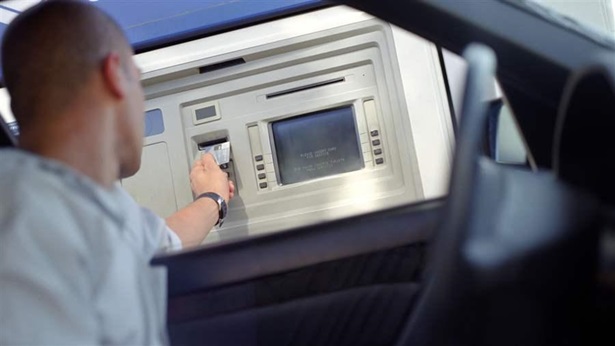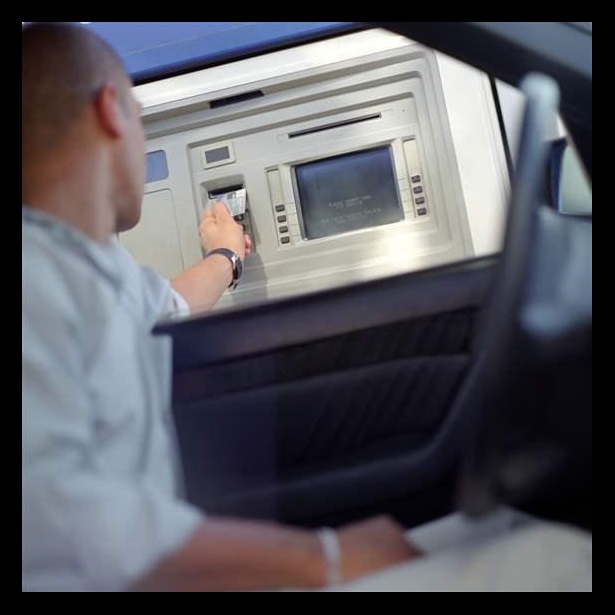Overdraft Fees Disguised as Protection Are Actually Harmful High-Cost Credit
 © iStock
© iStockThe Pew Charitable Trusts' nationally representative survey research shows 87 percent of overdrafters are somewhat or very concerned about the cost of overdraft service.
In a recent BankThink post, Achim Griesel took issue with our analysis of Consumer Financial Protection Bureau complaint data dealing with overdraft fees as part of his argument against restricting banks' overdraft protection services.
As Griesel noted, the volume of 8,000 complaints in the CFPB database related to overdraft policies may seem small compared with, for example, the more than 150,000 complaints about mortgages. But it is important to keep the two very different products in perspective. At $35 per incident, overdraft is truly small-dollar credit, whereas problems with a mortgage could cost a family thousands of dollars if not their homes — making it much more likely that a consumer wronged by a bad mortgage would seek help from the CFPB than someone who incurred a $35 overdraft penalty fee.
It's also helpful to remember that the proportion of consumers who complain about a problem is usually a fraction of the number who actually experience problems. For example, a Federal Trade Commission study found that only 1.4% of fraud victims complain to the federal government. Nonetheless, nearly one in four bank account or service complaints in the CFPB's consumer complaint database described issues related to overdraft policies and fees.
This should not be surprising. The Pew Charitable Trusts' nationally representative survey research shows 87% of overdrafters are somewhat or very concerned about the cost of overdraft service. Furthermore, 80% believe that overdraft practices and fees should be more closely regulated. And the majority would prefer to have their transactions declined rather than pay a $35 overdraft fee. With the friendly sounding labels for some overdraft services – such as “courtesy pay,” “overdraft privilege” and “bounce protection” – overdraft fees might appear to be products that are helpful to consumers as the author suggests but our research suggests otherwise.
In fact, these labels were appropriate over 20 years ago when banks first started covering consumer overdrafts — infrequently and on an ad hoc basis. But newer research only reinforces concerns that some consumers with lower incomes are relying on overdraft too heavily. In April, Pew released a study of individuals who paid more than $100 in overdraft fees in a year. The study buttresses findings from our previous surveys. Like the others, it found most heavy overdrafters are millennials or Generation Xers and people with below-average incomes relative to the U.S. population: Seven in 10 make less than $50,000 annually.
The incidence and impact of multiple overdraft fees demonstrate the need for CFPB action to rein in the harmful effects of this product, which the bureau has found typically comes with a 17,000% APR.
Years ago, the Federal Deposit Insurance Corp. recognized this problem when it instructed the banks under its supervision to contact customers who incurred over six overdrafts in a rolling 12-month period. FDIC officials realized that repeated overdrafts are a sign that the product is being used like credit, but without the protections that normally come with credit, such as disclosure of the interest rate and provider verification of the ability to repay the loan.
The financial burden caused by these transactions is undeniable. Almost half of these consumers paid more than $300 in overdraft fees in the past year, according to Pew. Nearly one-quarter paid the equivalent of one or more weeks of wages in overdraft fees.
Finally, and perhaps most important, research shows that these fees push consumers out of the banking system, either voluntarily or involuntarily, leaving them to use expensive check-cashers and other alternative financial services. The FDIC's national survey of unbanked and underbanked households shows that 31% of those without a bank account reported high or unpredictable account fees as one reason for not having an account — with 13% saying it was the primary reason. These numbers indicate that overdraft is a key factor in pushing consumers out of the banking system, which is certainly not the best outcome for either banks or their customers.
Overdraft products should not be allowed to function as extremely expensive credit, particularly for financially vulnerable consumers who use it repeatedly.
The CFPB could address this problem in a variety of ways, including by limiting the size, frequency, or overall cost of overdraft fees. To fill the need for small-dollar credit, the bureau and banking regulators could also promote bank programs that provide sustainable and affordable small-dollar credit options.
This article ran in the American Banker on April 29, 2016.
Susan Weinstock directs the consumer banking project at The Pew Charitable Trusts.


America’s Overdose Crisis
Sign up for our five-email course explaining the overdose crisis in America, the state of treatment access, and ways to improve care
Sign up

Heavy Overdrafters
A financial profile


Overdrawn: Consumer Experiences with Overdraft
Survey shows checking account holders still confused, unhappy with practices and fees


Overdraft: The Need for New Rules
The need for new rules









